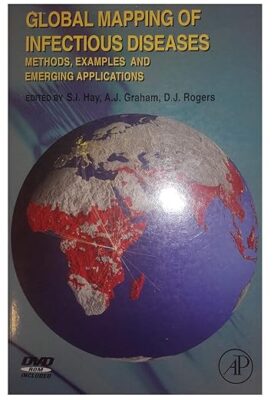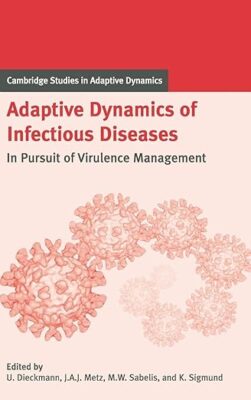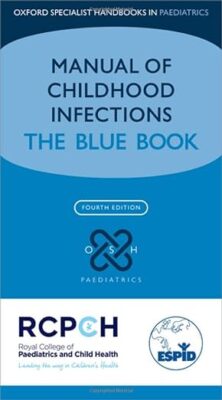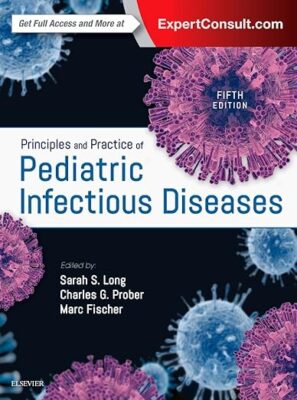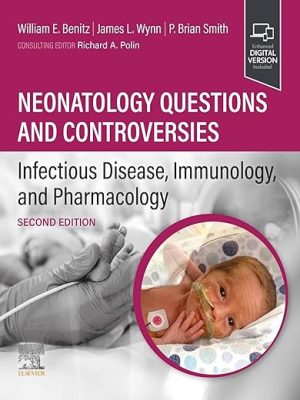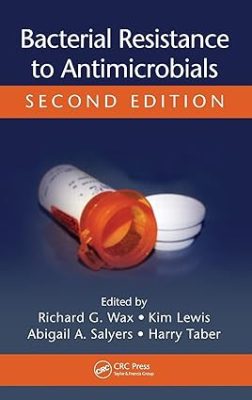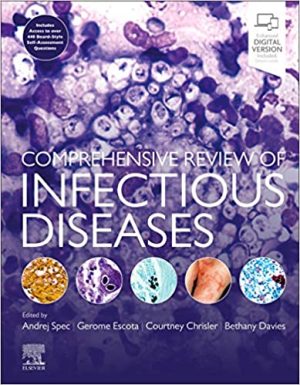1st Edition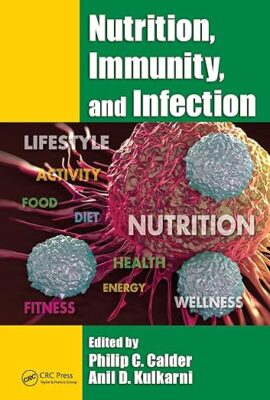
Both nutrition deficiency and overnutrition can have a significant effect on the risk of infection. Nutrition, Immunity, and Infection focuses on the influence of diet on the immune system and how altering one’s diet helps prevent and treat infections and chronic diseases. This book reviews basic immunology and discusses changes in immune function throughout the life course. It features comprehensive chapters on obesity and the role of immune cells in adipose tissue; undernutrition and malnutrition; infant immune maturation; pre- and probiotics; mechanisms of immune regulation by various vitamins and minerals; nutrition and the aging immune system; nutrition interactions with environmental stress; and immunity in the global health arena.
Nutrition, Immunity, and Infection describes the various roles of nutrients and other food constituents on immune function, host defense, and resistance to infection. It describes the impact of infection on nutritional status through a translational approach. Chapters bring together molecular, cellular, and experimental studies alongside human trials so that readers can assess both the evidence for the effects of the food component being discussed and the mechanisms underlying those effects. The impact of specific conditions including obesity, anorexia nervosa, and HIV infection is also considered.
Chapter authors are experts in nutrition, immunity, and infection from all around the globe, including Europe, Australia, Brazil, India, and the United States. This book is a valuable resource for nutrition scientists, food scientists, dietitians, health practitioners, and students interested in nutrition and immunity.
DOWNLOAD THIS MEDICAL BOOK

